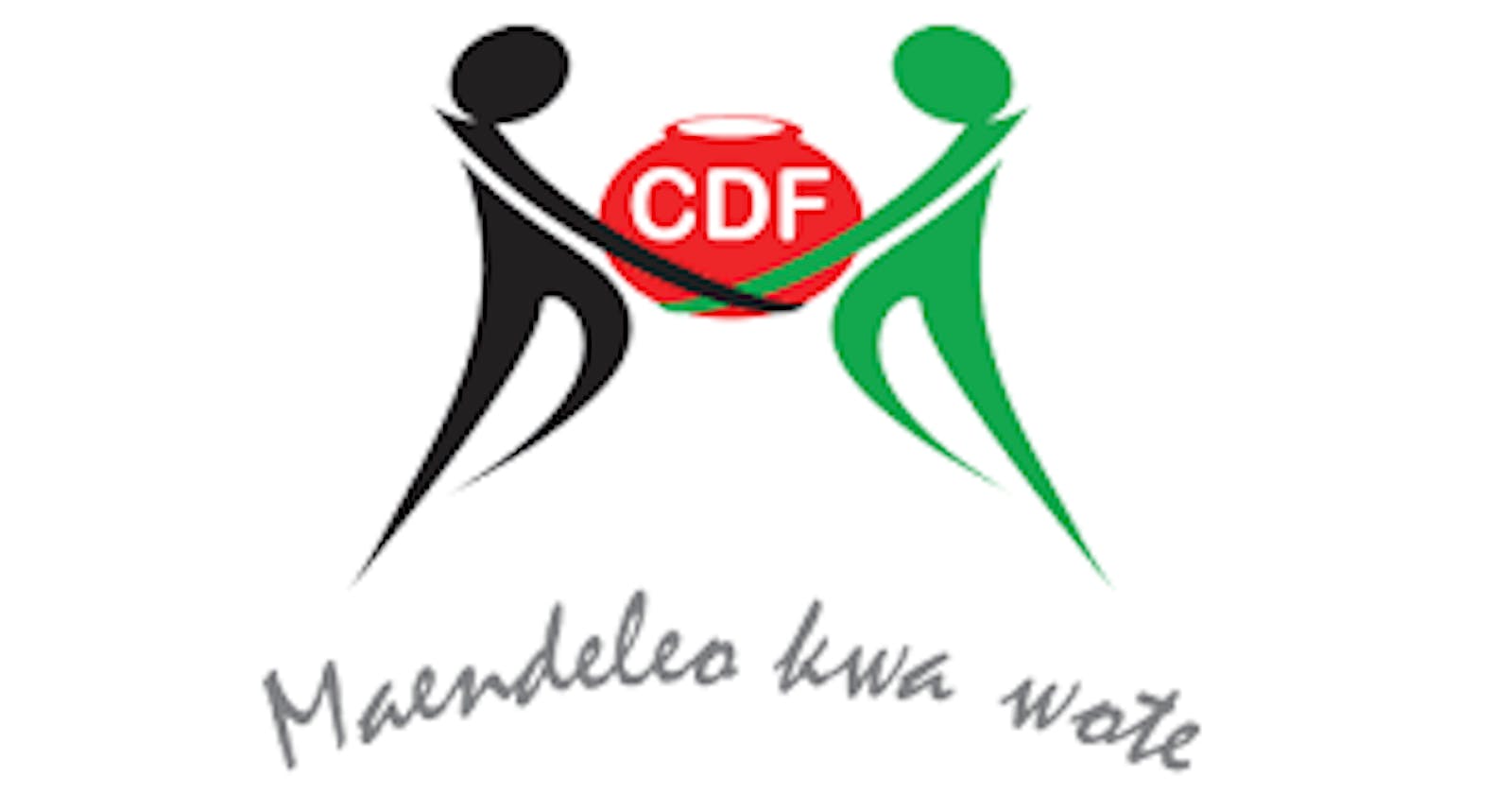A Bursary Applications collection System
A digital system that the government of Kenya could use through the NG-CDF to collect bursary applications from students.
Table of contents
- Project overview:
- Advantages of this digital system over the traditional application method:
- Conclusion:
- For this system to be applicable, there would be a need to develop slightly different versions of the program for each of the 290 constituencies in Kenya.
- Upon completion of this project I was happy with the achievement, and look forward to developing more software solutions to solve real-world problems in the future.
- Important links:
The program herein is a digital system that could be used by the National Government Constituencies Development Fund(NG-CDF) in Kenya to facilitate the collection of applications and the disbursement of bursary funds.
Having noticed the amount of work that goes into collecting bursary forms, and processing and disbursing bursary funds to beneficiaries in secondary and tertiary institutions in Kenya, I came up with a much better approach to providing the service. I built an online system that could ease both the government staff and applicants' process and save time, by applying and processing bursary forms online.
Project overview:
Users can fill in and submit application forms without the need to create accounts on the platform.
Utilizing this digital system, students across primary, secondary, and tertiary institutions can efficiently submit their applications, eliminating the need for printed papers and thereby saving valuable time and resources.
Note: This particular system has been tailored for one constituency - Ndaragwa, in Nyandarua County
The process of application involves the following:
1: Filling in the application with the following details:
- The student's name
- The name of their school
- Their gender
- Their school admission number
- Their class, form, or year of study
- Their constituency and location of residence
- Their, or parent's phone number
- Their, or parent's Identification number
- And an optional email address where they can receive updates on the status of their application.
2: Submitting the application.
Upon submission, the application data will be saved in a database before being processed in step 3 below. This will ensure the efficient storage of application data, for future reference.
3: Application processing
The ID number provided in the application will queried against a secure database provided by the IEBC, which contains the names and Identification numbers of voters along with their constituency/s and location/s of residence.
Applications whose ID numbers and locations match with the data in the IEBC database will be marked as qualified, and will be automatically uploaded to Google Spreadsheets, accessible by the bursary administrator of that particular constituency.
On the other hand, applications whose ID numbers will either be found to be from a different location and constituency from what indicated on the application, or won't be found on the IEBC database, will be marked as disqualified, and will be sent to an email address operated by the constituency's bursary administrator. They can then use the phone number or email address provided in the application to contact the applicant for manual verification of eligibility.
4: Bursary funds disbursement
The office will then process the applications, by downloading the data in the spreadsheets into their local environment, for future reference.
Advantages of this digital system over the traditional application method:
1: This method, if used, would save time and use of resources like application forms for applicants when applying.
2: It would also ease the process of reviewing, sorting applications and disbursing funds by the NG-CDF staff. Currently, applications are reviewed manually, a process which takes time, and isn't very effective, since some forms get misplaced leading to some applicants missing out.
3: This method would also ensure the credibility of the process, by making sure that beneficiaries of bursary funds are people from their respective constituencies.
4: This system offers a secure repository for application data, ensuring the safe storage of information. In contrast to traditional methods susceptible to misplacement, flooding, or fire damage, our digital solution guarantees the integrity and accessibility of vital application records.
Conclusion:
For this system to be applicable, there would be a need to develop slightly different versions of the program for each of the 290 constituencies in Kenya.
Upon completion of this project I was happy with the achievement, and look forward to developing more software solutions to solve real-world problems in the future.
Important links:
The web application is accessible through the following URL .
Disclaimer: This web application is neither owned, nor operated by the government of Kenya. In any case you wish to submit an application for testing purposes, do so while using dummy data.
This project is also available on my GitHub profile

